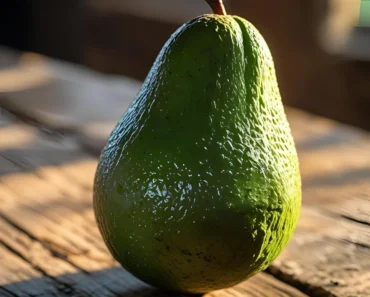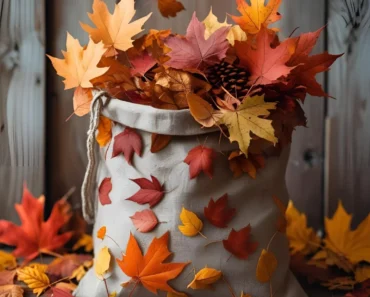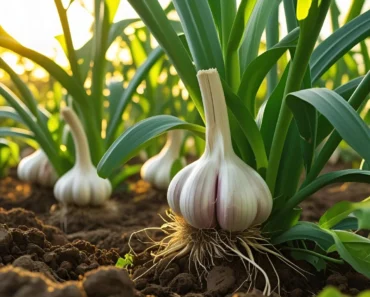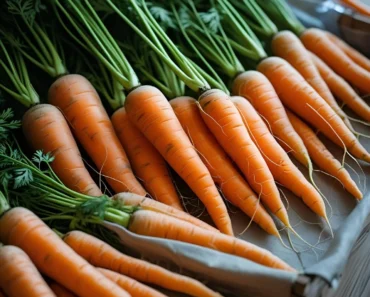Dividing perennials is an essential gardening practice that rejuvenates plants, controls their size, helps prevent overcrowding, and produces new plants to expand a garden or share with friends. By splitting mature clumps into smaller sections, gardeners can encourage healthier root systems, more vigorous growth, and better flowering year after year. Understanding the correct timing and methods for dividing perennials is vital to ensuring plant survival and long-term garden success. This comprehensive article covers when and how to divide perennials and offers practical tips to make the process efficient and effective.

Why Divide Perennials?
Perennials grow from the same root system year after year, and over time this root mass can become crowded or congested. This crowding leads to:
-
Reduced flowering and vigor as plants compete for space, nutrients, and water.
-
Thinning or dying out in the center of clumps, leading to unsightly gaps.
-
Increased susceptibility to pests or diseases in weakened plants.
-
Overgrown plants that outgrow their location.
Dividing perennials restores vitality by spreading out root systems and promoting balanced growth. It also increases stock for propagation without the expense of buying new plants.extension.psu+1
When to Divide Perennials: The Best Timing
The ideal time to divide perennials generally depends on their bloom period and local climate conditions.
Spring-Blooming Perennials
-
Divide in fall (early September through November), about 4–6 weeks before the first hard frost.
-
This timing encourages root establishment before dormancy, leading to vigorous growth next spring.
-
Fall division is easier for spring bloomers because they are not actively flowering and can put their energy into root regeneration.
-
Examples: daylilies, peonies, hostas, phlox, asters.rhs+2
Summer and Fall-Blooming Perennials
-
Divide in early spring (as soon as new growth starts).
-
This timing avoids disrupting flower production during summer and allows plants to establish new roots before hot summer conditions.
-
Examples: coneflowers, black-eyed susans, bee balm, sedum, goldenrod.gardendesign+2
Additional Timing Notes
-
Divide when the weather is cool and moist to reduce transplant shock.
-
Avoid dividing during extremely hot or dry periods.
-
Some perennials can be divided during their growing season if necessary but may recover slower.
-
Some species, such as bearded iris, prefer summer division during dormancy.extension.umn+1
Signs That Your Perennials Need Dividing
-
Crowded or overgrown plants with reduced flowering.
-
Plants with a dead center or thinning foliage.
-
Smaller or fewer flowers compared to previous years.
-
Root bound when lifted from the soil, indicating dense, circling roots.
-
Plants spreading into other spaces or requiring size control.
Step-by-Step: How to Divide Perennials
1. Prepare Tools and Site
-
Gather sharp spade, garden fork, pruning shears, gloves, and containers if transplanting.
-
Water the soil well a day before dividing to ease root removal and reduce stress.
-
Prepare the new planting area by loosening soil and adding compost.
2. Dig Up the Plant
-
Carefully dig around the plant clump from the drip line to get the entire root ball.
-
Lift plants gently to avoid root breakage.
3. Separate the Clump
-
Shake or gently wash soil from roots so you can see them clearly.
-
Divide large clumps into smaller sections by:
-
Pulling apart with hands for softer-rooted plants.
-
Using a sharp spade, knife, or garden saw for tougher roots.
-
Using two forks back-to-back to pry apart thick roots.
-
-
Ensure each division has at least 3-5 healthy shoots and adequate roots.
4. Trim and Prepare Divisions
-
Remove dead or damaged foliage.
-
Trim damaged roots.
-
Shorten long top growth if desired to balance root loss.
-
Keep divisions shaded and moist before replanting.
5. Replant Promptly
-
Plant divisions at the same soil depth as original.
-
Space adequately based on species to provide airflow.
-
Water thoroughly after planting.
6. Care After Division
-
Water consistently but avoid overwatering.
-
Mulch well to conserve moisture and reduce weeds.
-
Protect new divisions from harsh sun and wind.
-
Fertilize lightly once new growth appears.
Tips for Successful Division
-
Divide on cloudy, cool days to reduce plant stress.
-
Avoid dividing when plants are in full bloom for better recovery.
-
Stagger divisions over several days if working with many plants.
-
Label divisions if propagating multiple varieties.
-
Use organic compost and avoid heavy fertilizers immediately after dividing.
Perennials That Benefit Most from Division
-
Hosta: Best divided every 3-4 years to prevent crowding.
-
Daylily: Every 3-5 years to rejuvenate blooms.
-
Bee Balm (Monarda): Prevents mildew and increases vigor.
-
Shasta Daisy: Maintains flower production and shape.
-
Coral Bells (Heuchera): Encourages fresh foliage.
-
Phlox: Controls spread and enhances health.
-
Iris: Avoid crowded rhizomes by dividing every few years.
-
Sedum: Restores bloom quality and slows center die-back.provenwinners+2
Common Mistakes to Avoid
-
Dividing too late in the season without enough time to root.
-
Dividing during hot, dry conditions causing transplant shock.
-
Over-dividing into very small sections lacking shoots or roots.
-
Damaging crowns or main growing points.
-
Planting divisions too deep or too shallow.
Proper timing, gentle handling, and proper aftercare are critical for success.
Conclusion
Dividing perennials is a straightforward, rewarding practice that rejuvenates plants, controls size, and provides a sustainable way to propagate your favorite garden plants. Planning division according to bloom cycles, climatic conditions, and plant health ensures maximum survival and growth vigor. Gardens maintained with regular, attentive division flourish with fresh foliage, abundant flowers, and vibrant health—transforming any garden space into a haven of beauty and life with minimal expense and effort.rhs+2
- https://www.rhs.org.uk/plants/types/perennials/dividing
- https://extension.umn.edu/planting-and-growing-guides/dividing-perennials
- https://www.finegardening.com/project-guides/gardening-basics/dividing-perennials-tools-techniques-and-timing
- https://extension.psu.edu/a-guide-to-dividing-perennials/
- https://www.gardendesign.com/how-to/divide-perennials.html
- https://www.torontomastergardeners.ca/gardeningguides/dividing-perennials-a-toronto-master-gardeners-guide/
- https://www.gardenersworld.com/how-to/grow-plants/how-to-divide-plants/
- https://gardenforwildlife.com/blogs/learning-center/guide-to-dividing-native-plants-tips-techniques-and-benefits
- https://libguides.nybg.org/dividingperennials
- https://www.thrive.org.uk/get-gardening/how-to-divide-perennials
- https://www.provenwinners.com/learn/dividing-perennials
- https://www.bhg.com/perennials-to-divide-in-fall-11803521






